I spent two days in these places and here I will tell you about the first one.
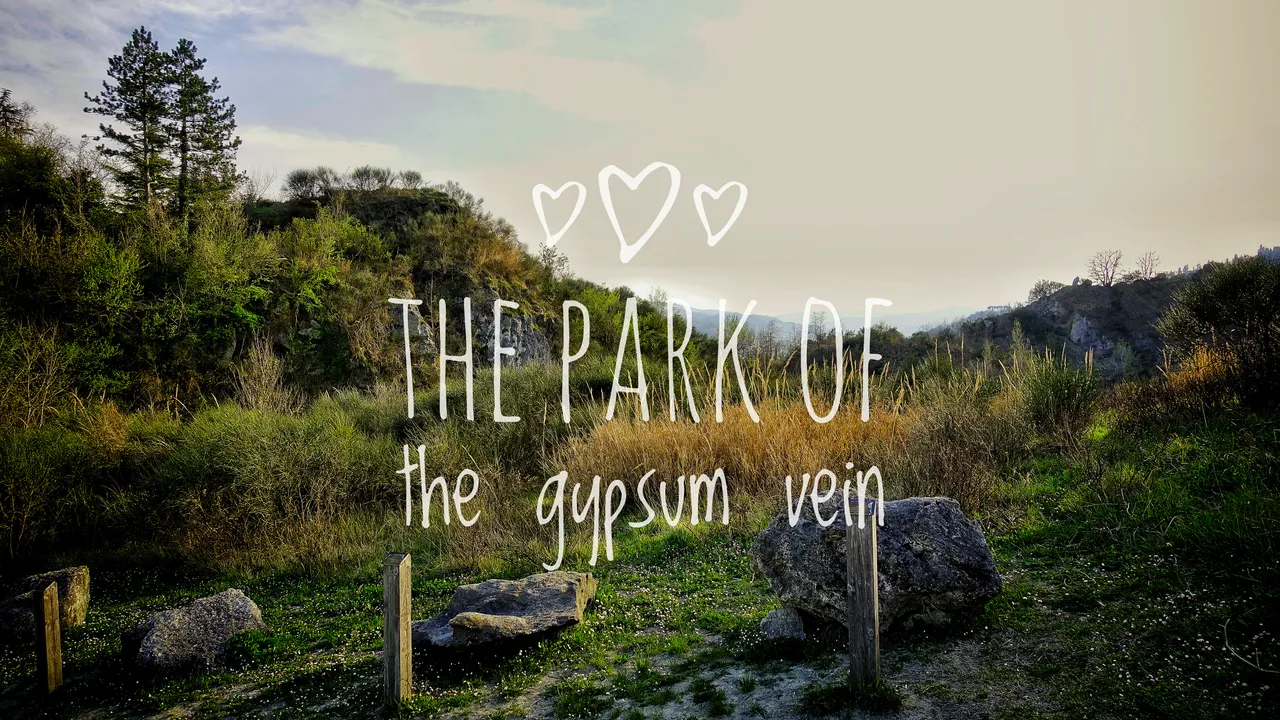
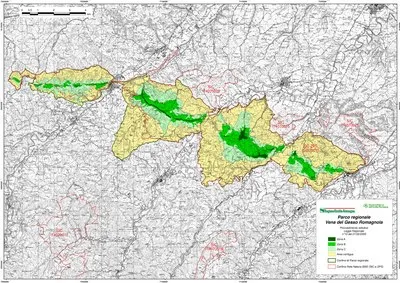
Map of the areas of the Gypsum Vein Park of Romagna from Wikipedia
The regional park of the Gypsum Vein (Vena del Gesso Romagnol), situated in the hinterland of Romagna between Imola and Faenza, is a protected natural area of more than two thousand hectares that stands out among the excellences of the northern Apennines as the only mountain chain made up almost exclusively of chalk. The peculiarities and the reasons of interest of this territory led, in the sixties, to the idea of protecting the area, starting studies to define and circumscribe the area. The park was established on February 15, 2005 by the Emilia-Romagna Region.
The territory of the park overlaps almost entirely with the special conservation and protection area and is managed by the Management Body for Parks and Biodiversity of Romagna.


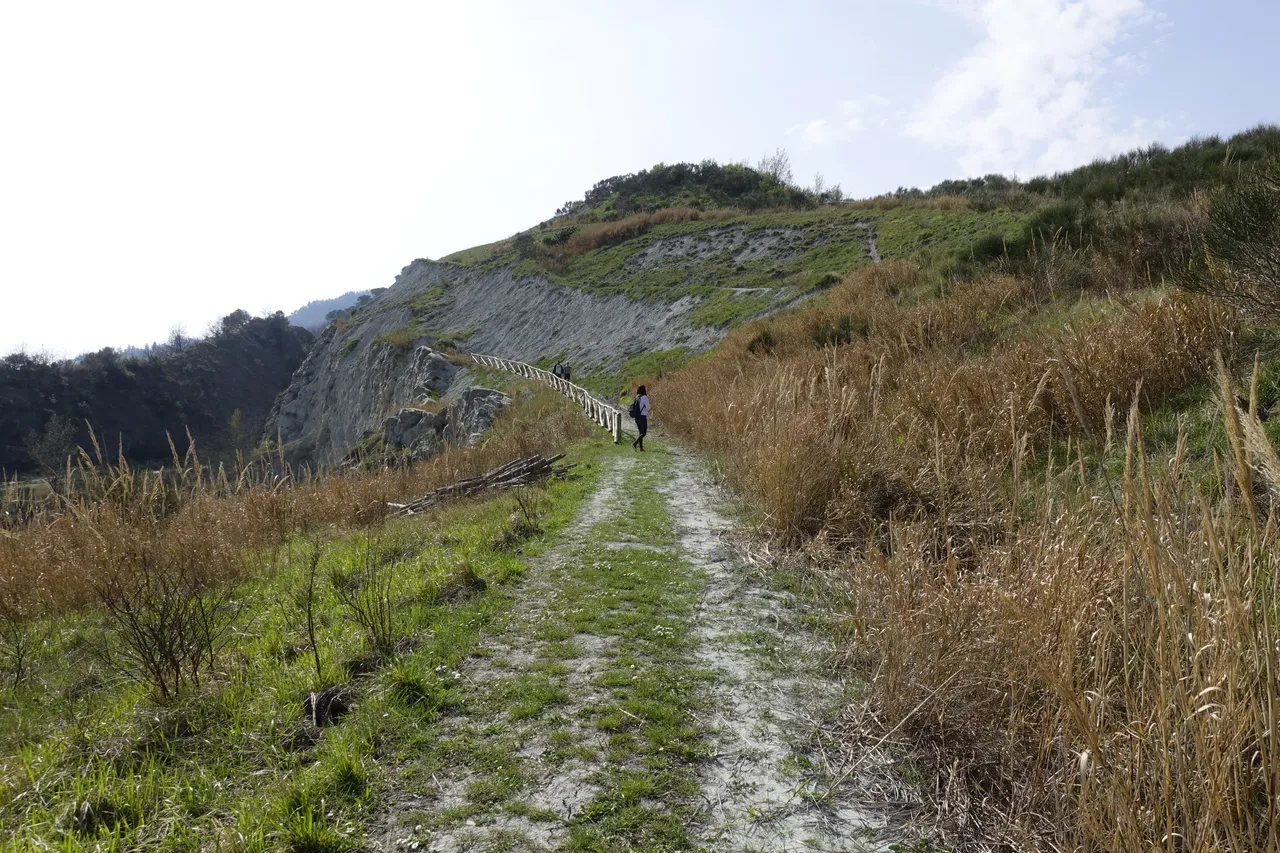
VISITING THE PARK

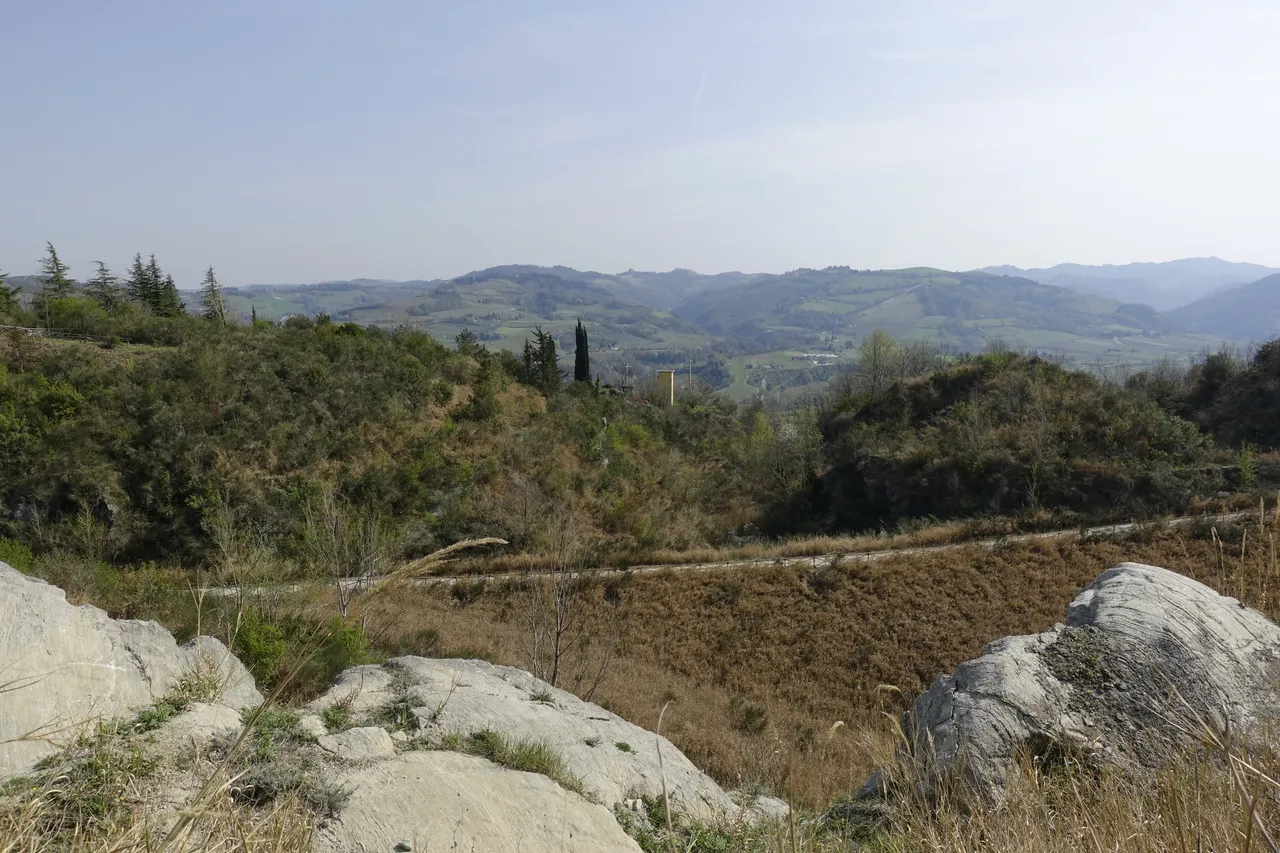


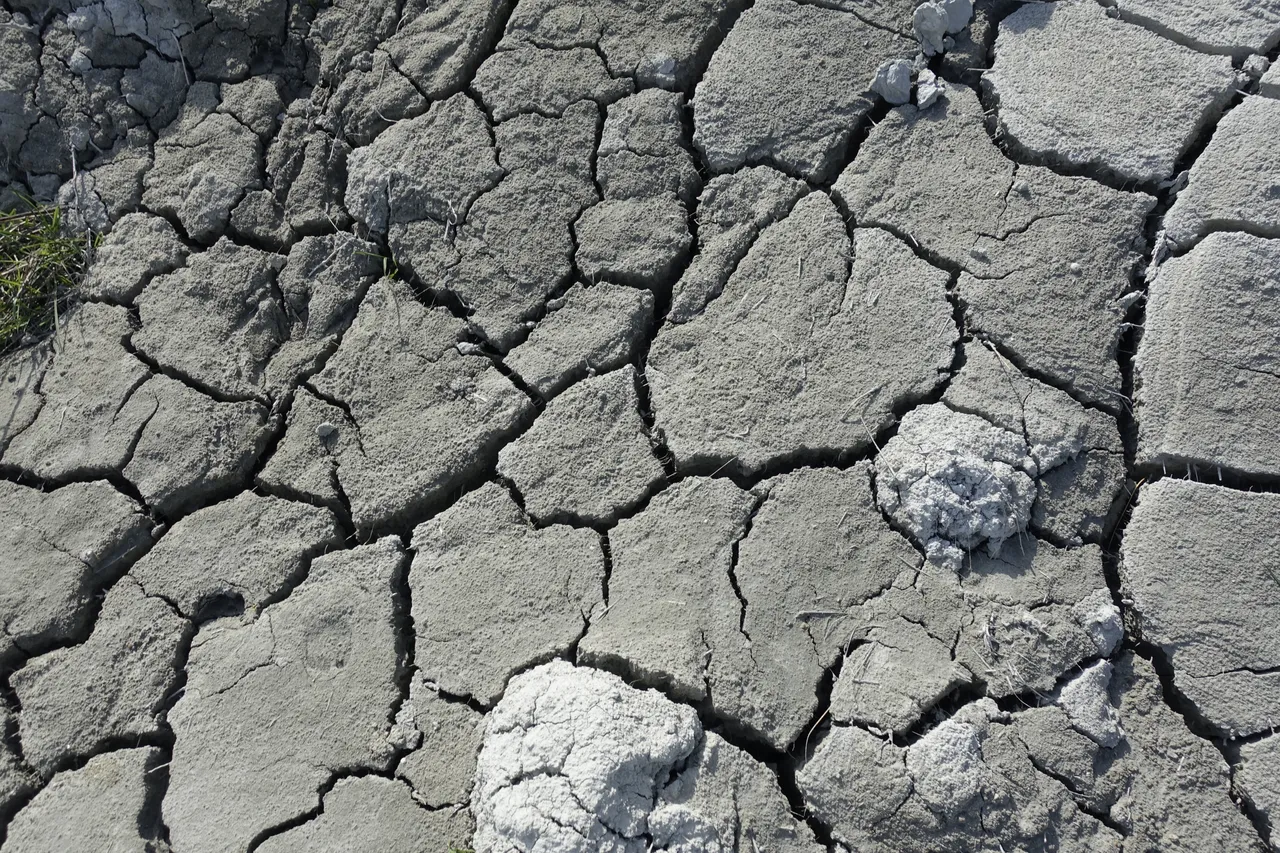



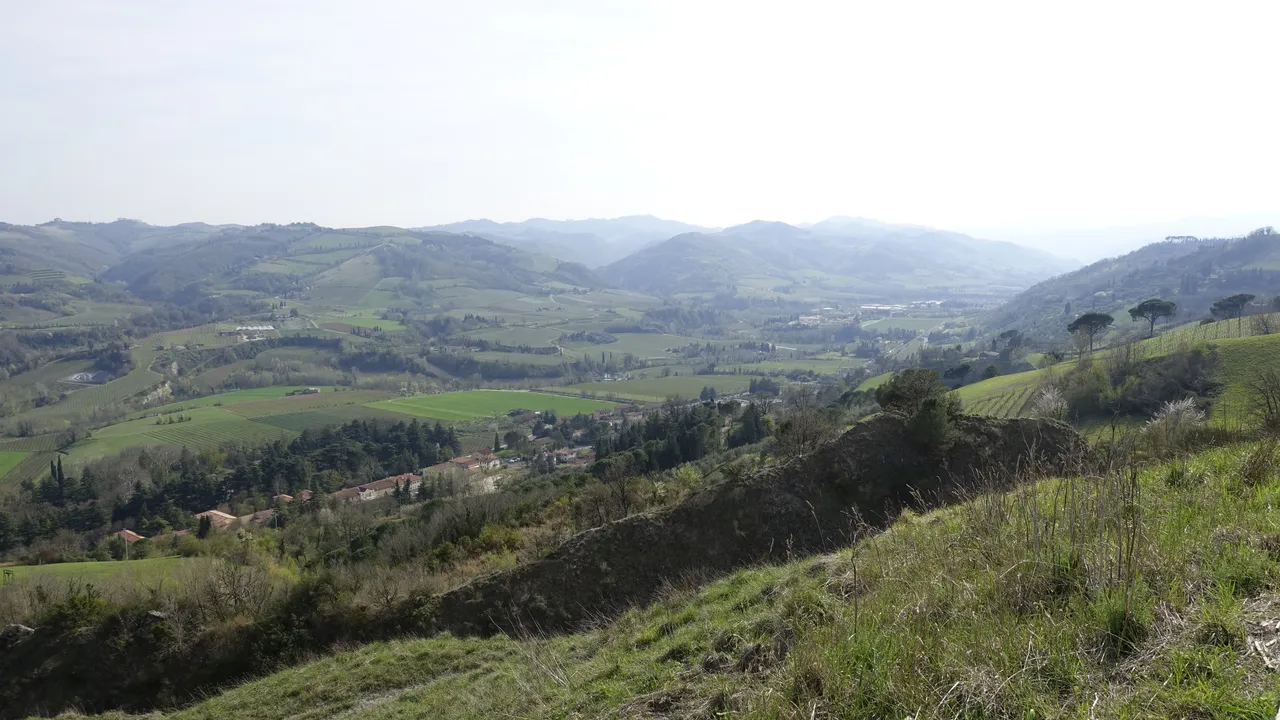

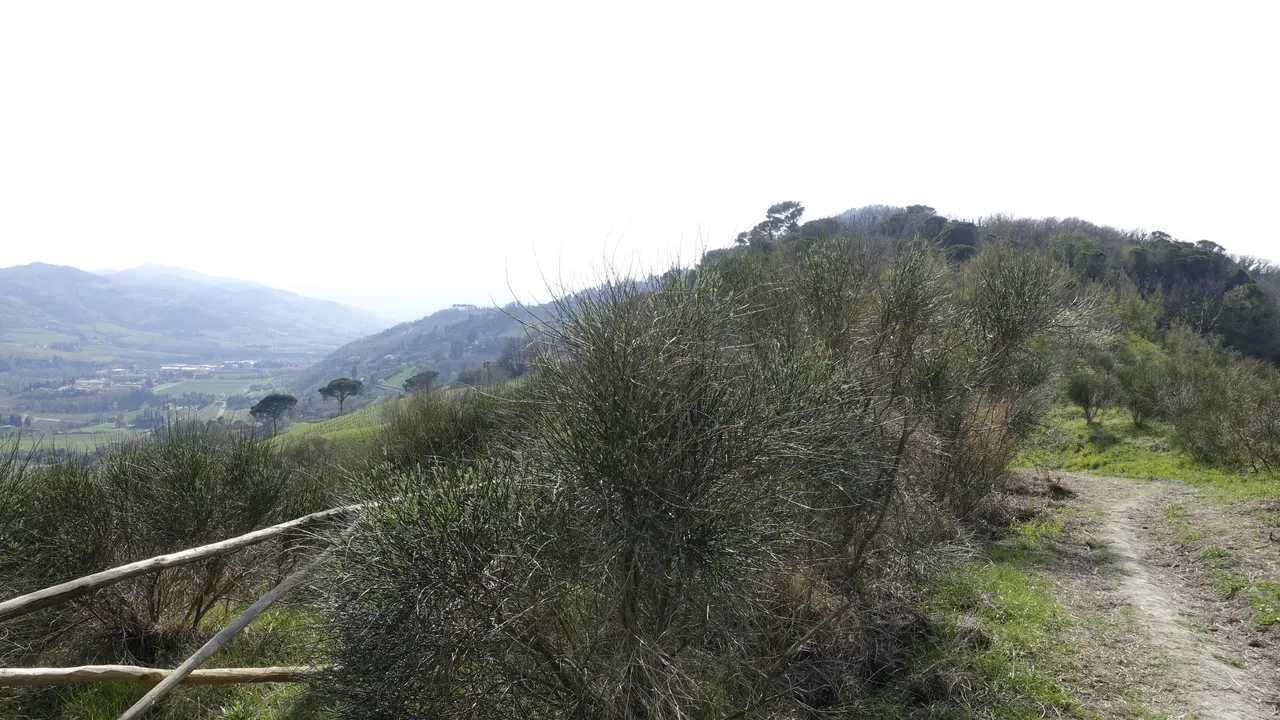
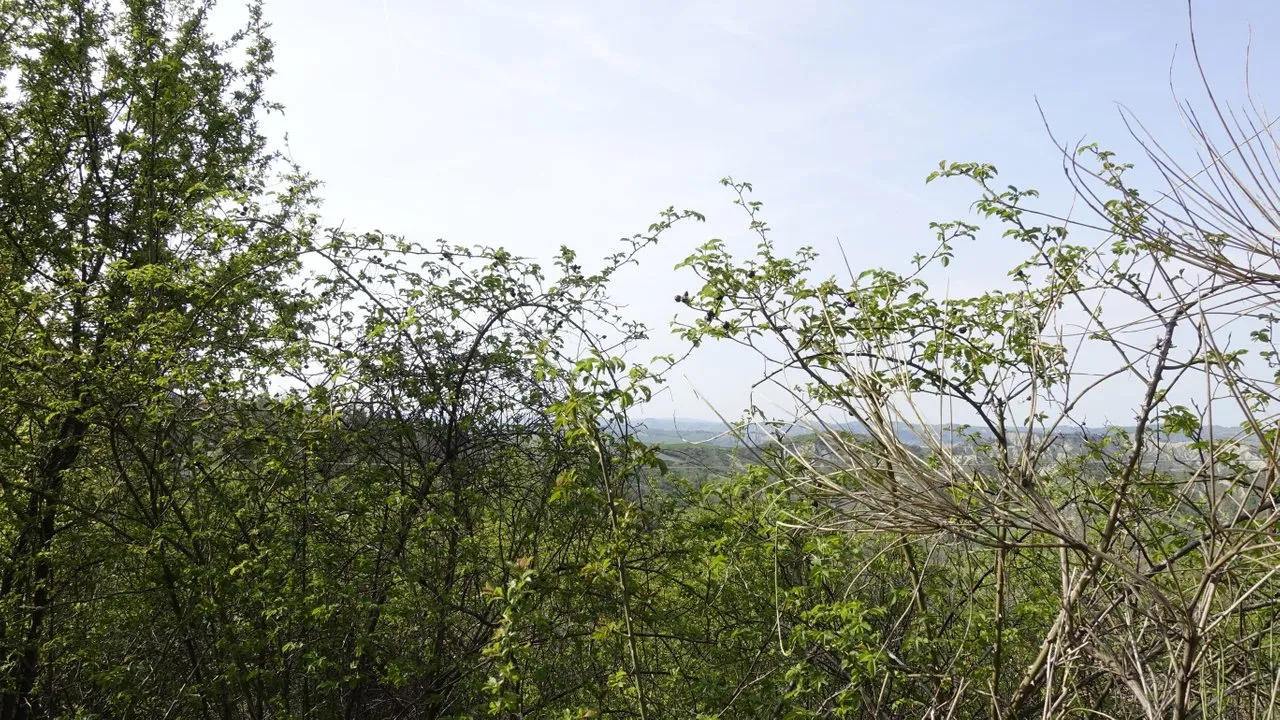
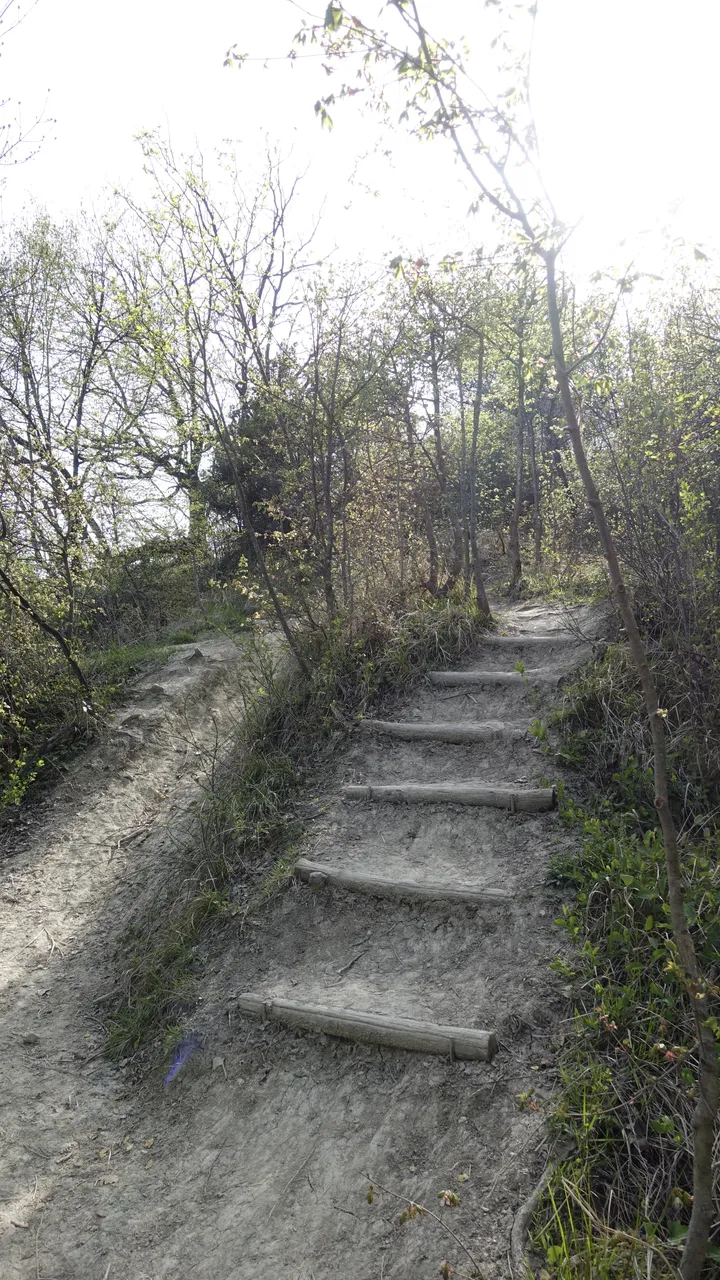
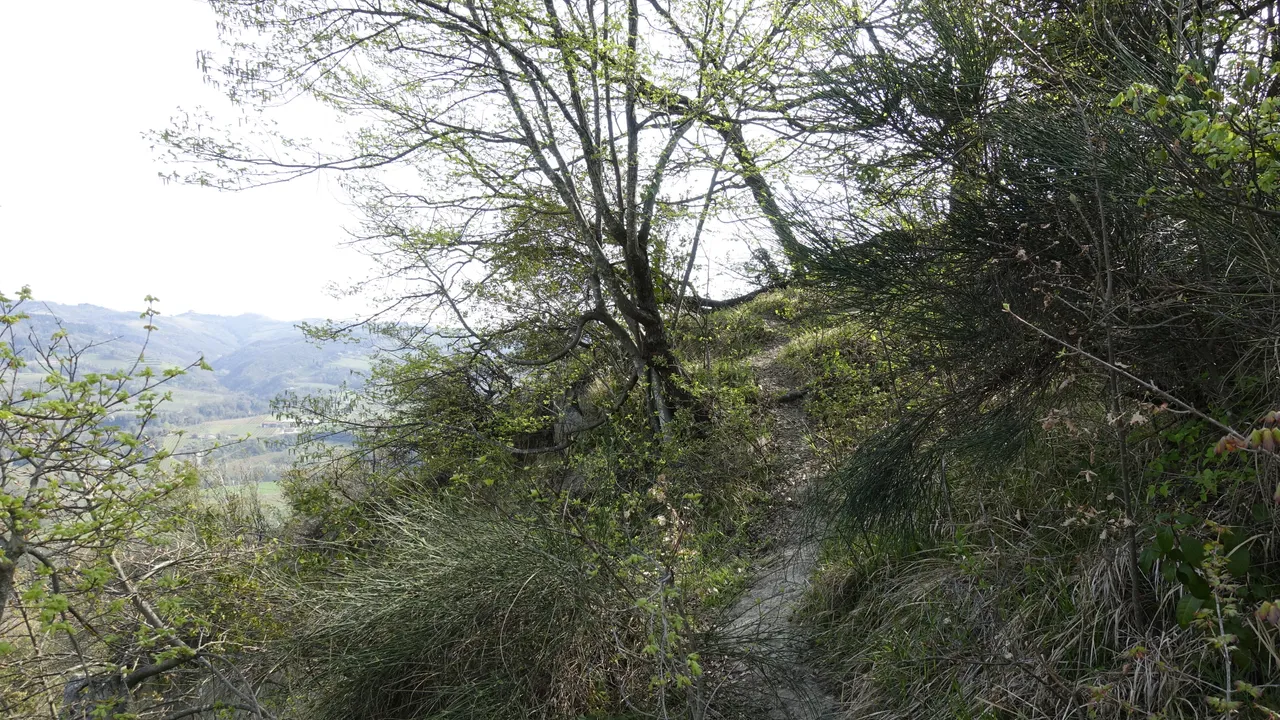
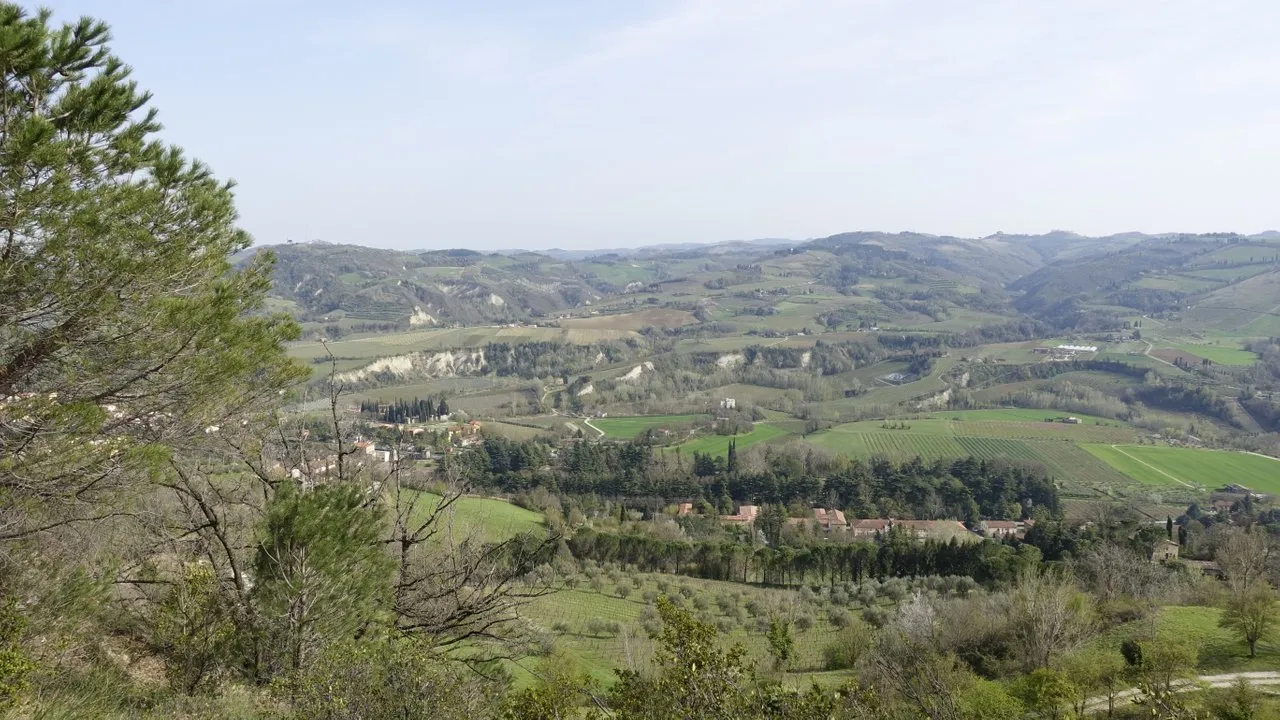
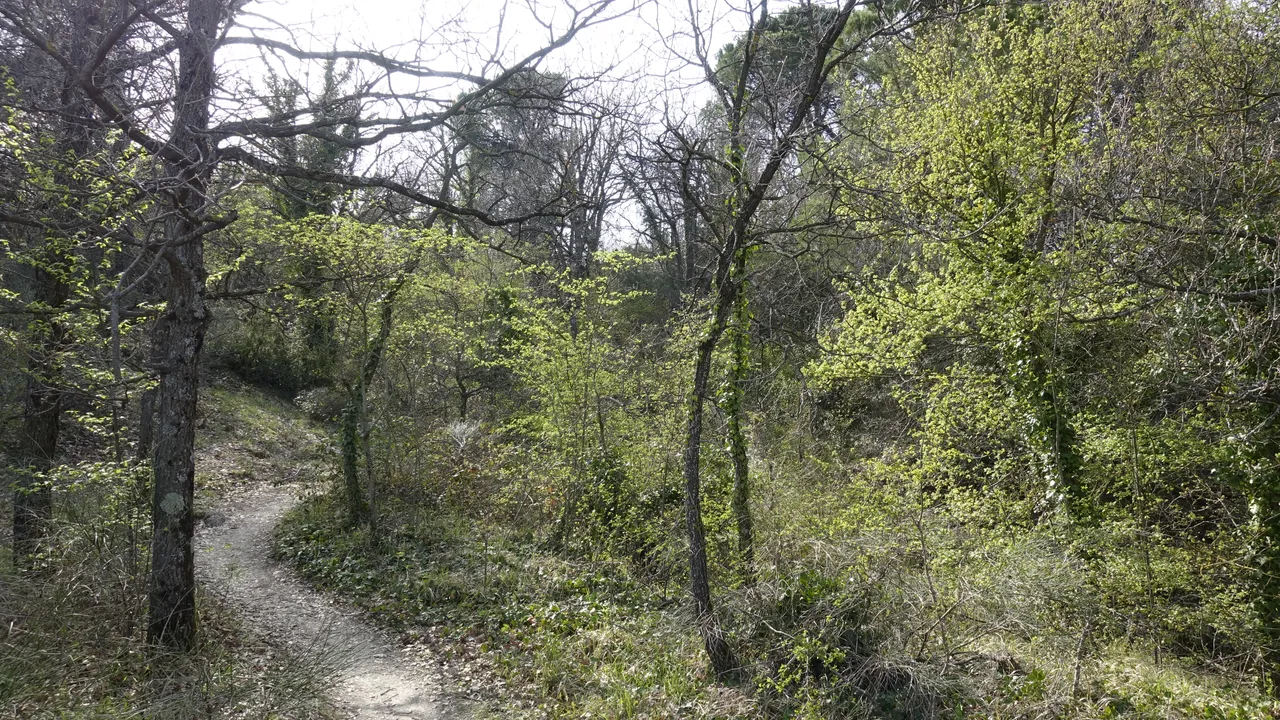
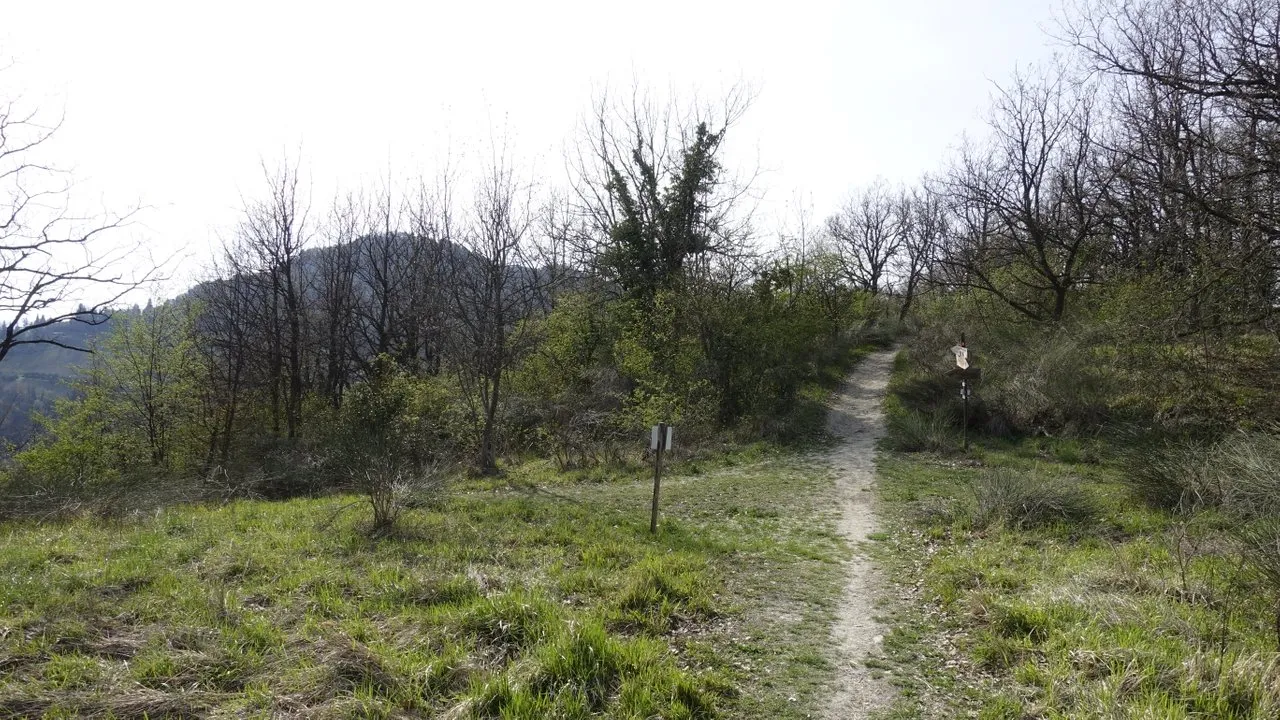
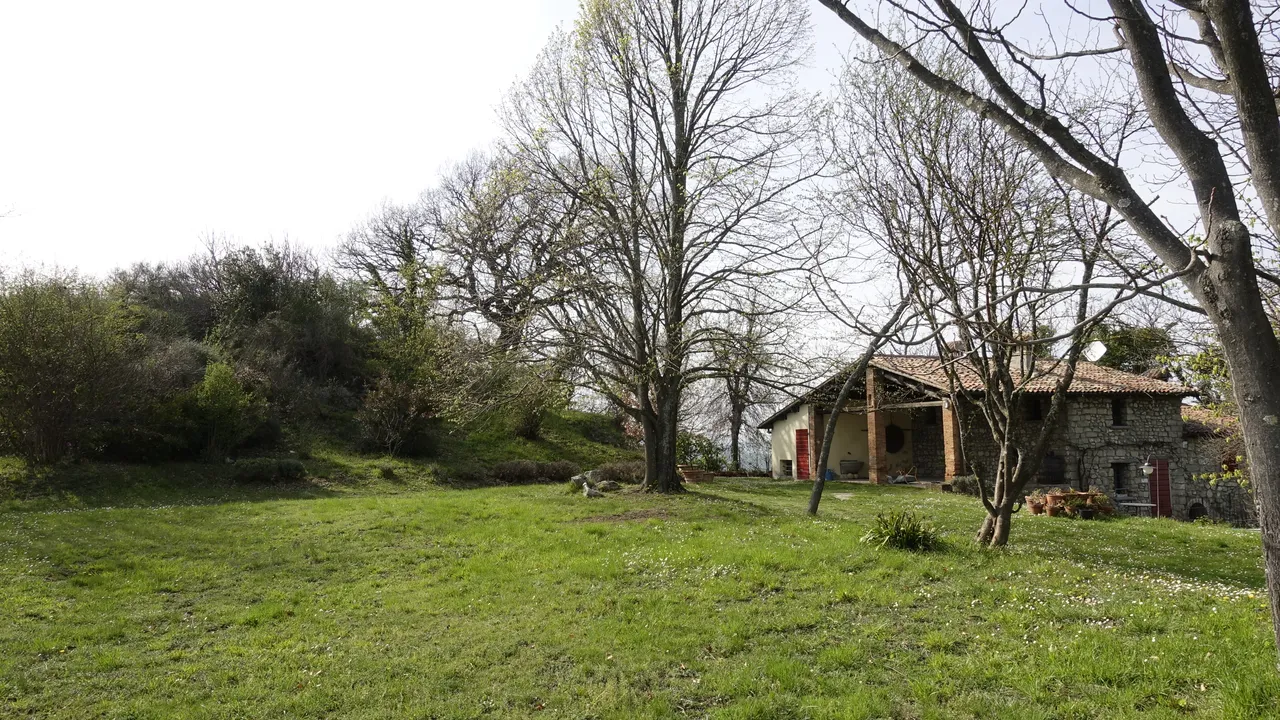
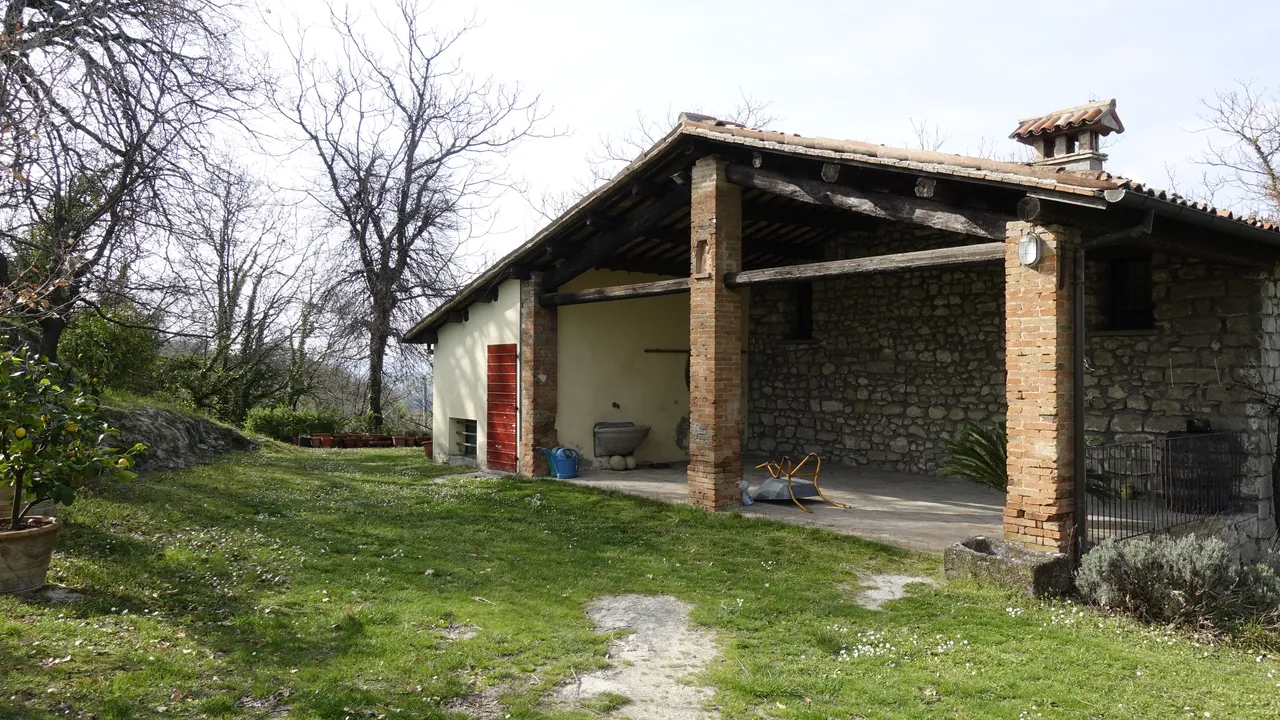
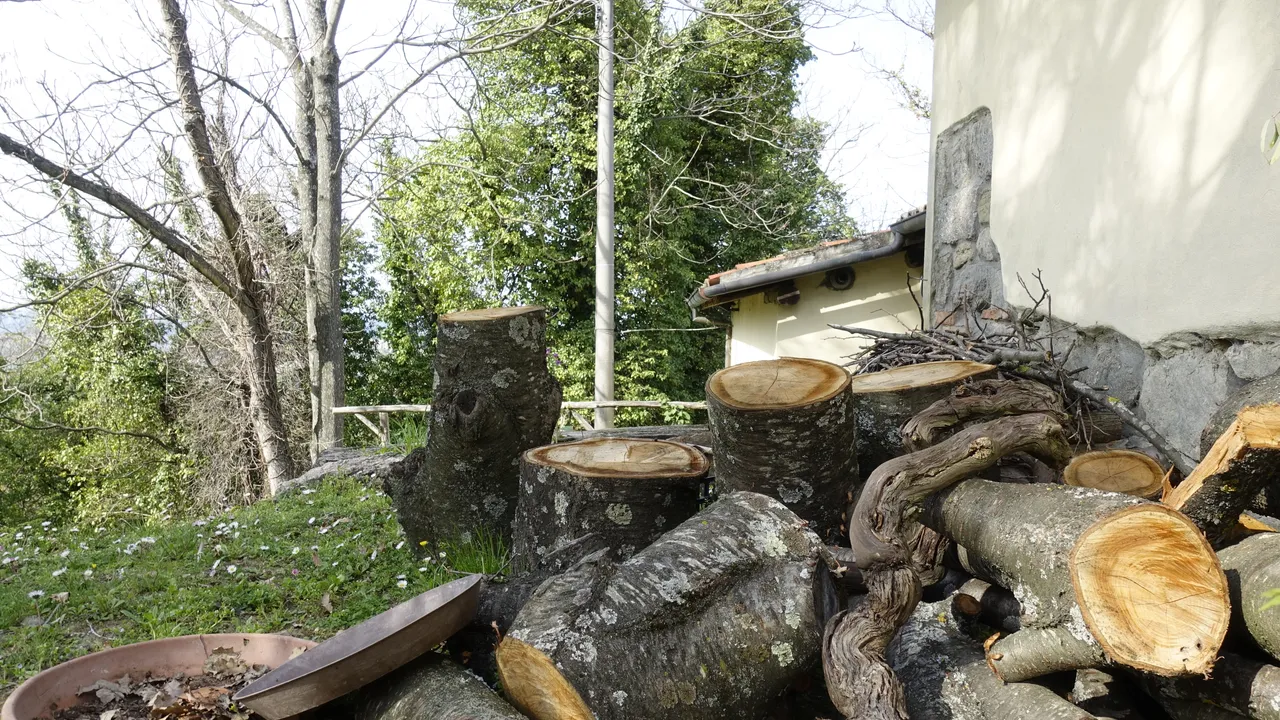
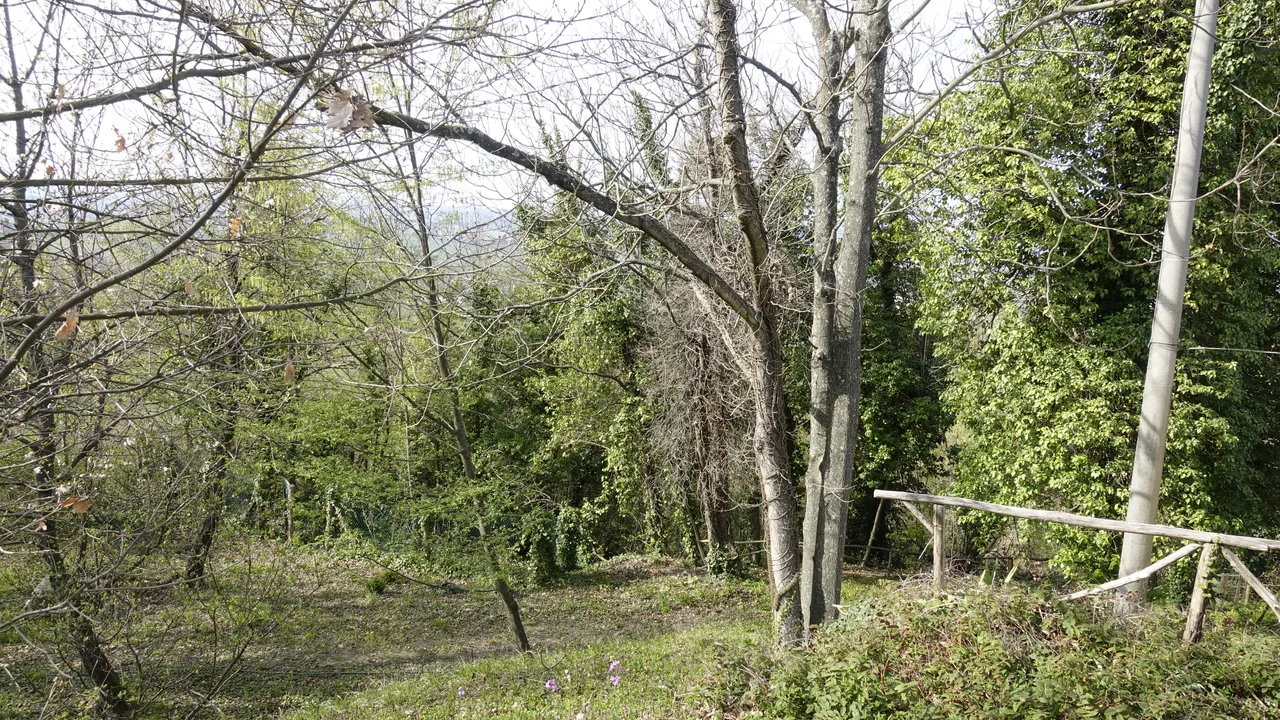

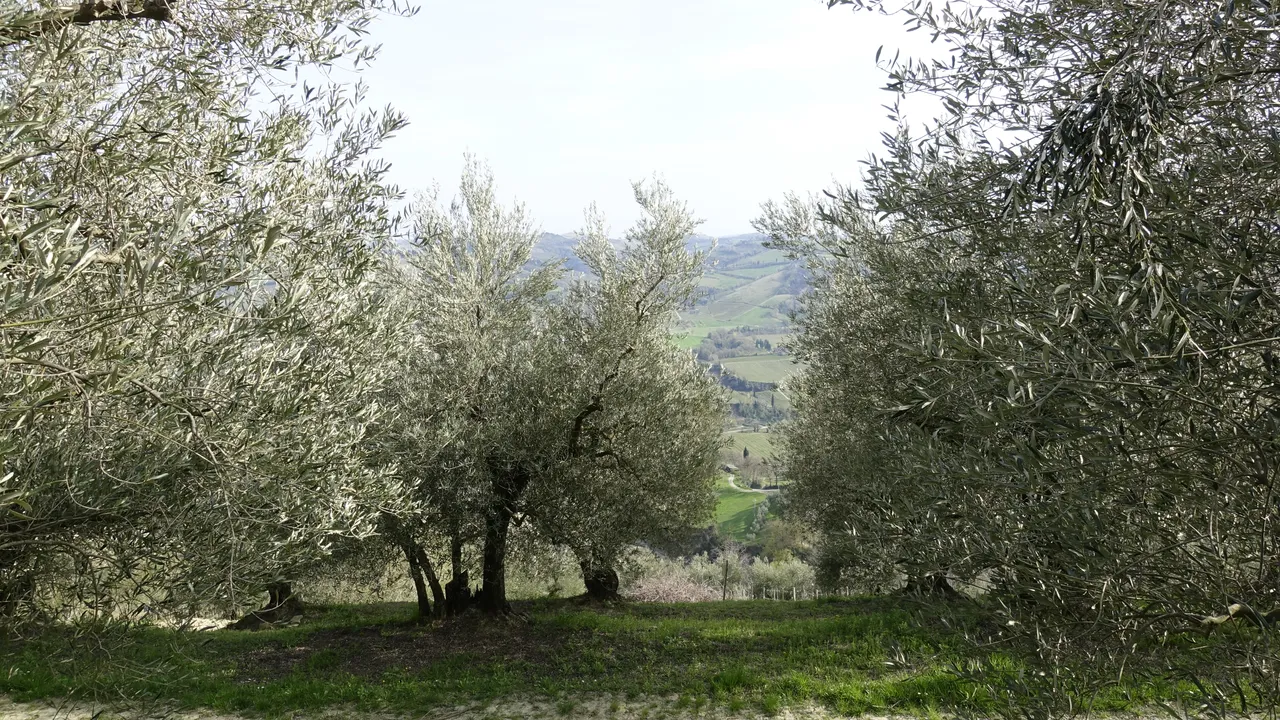
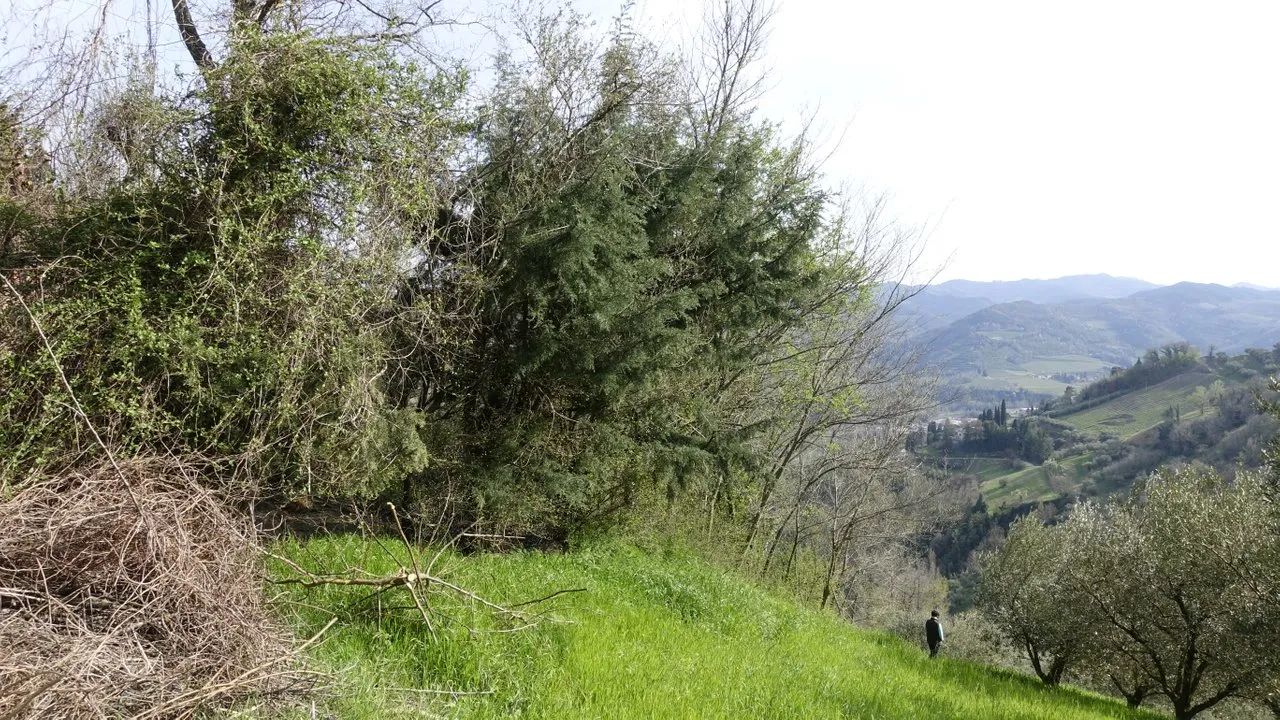


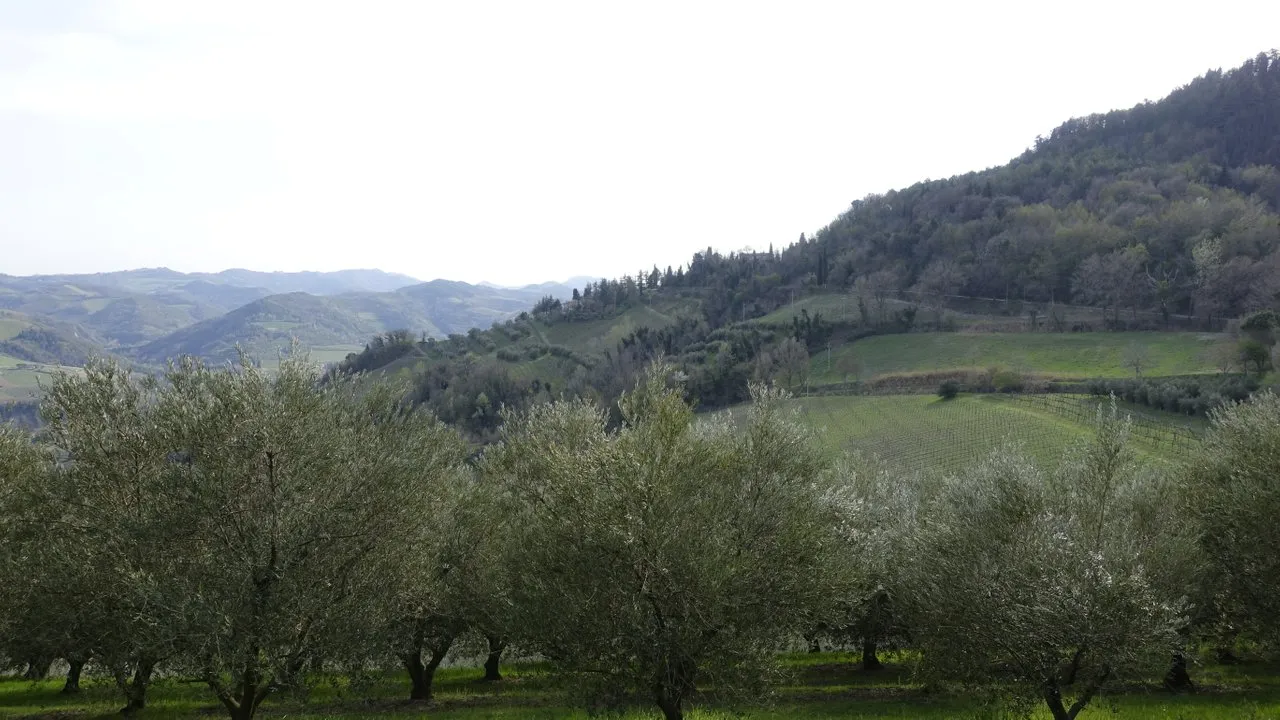
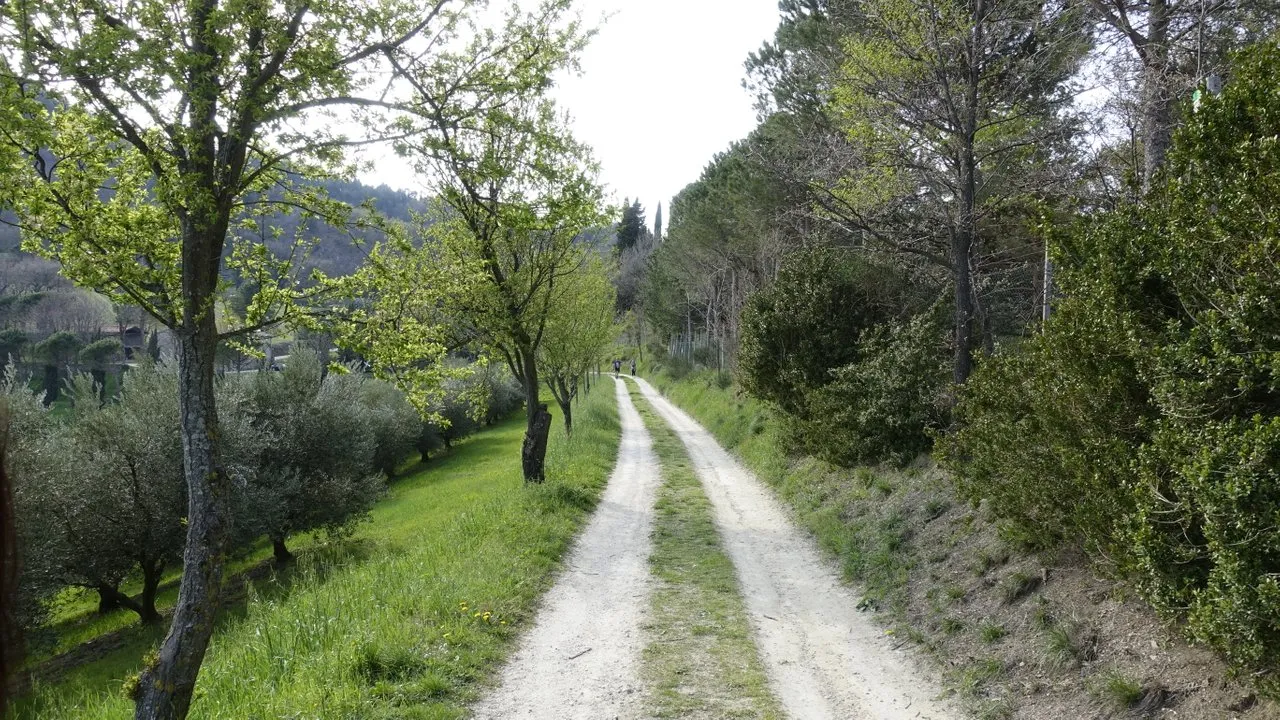
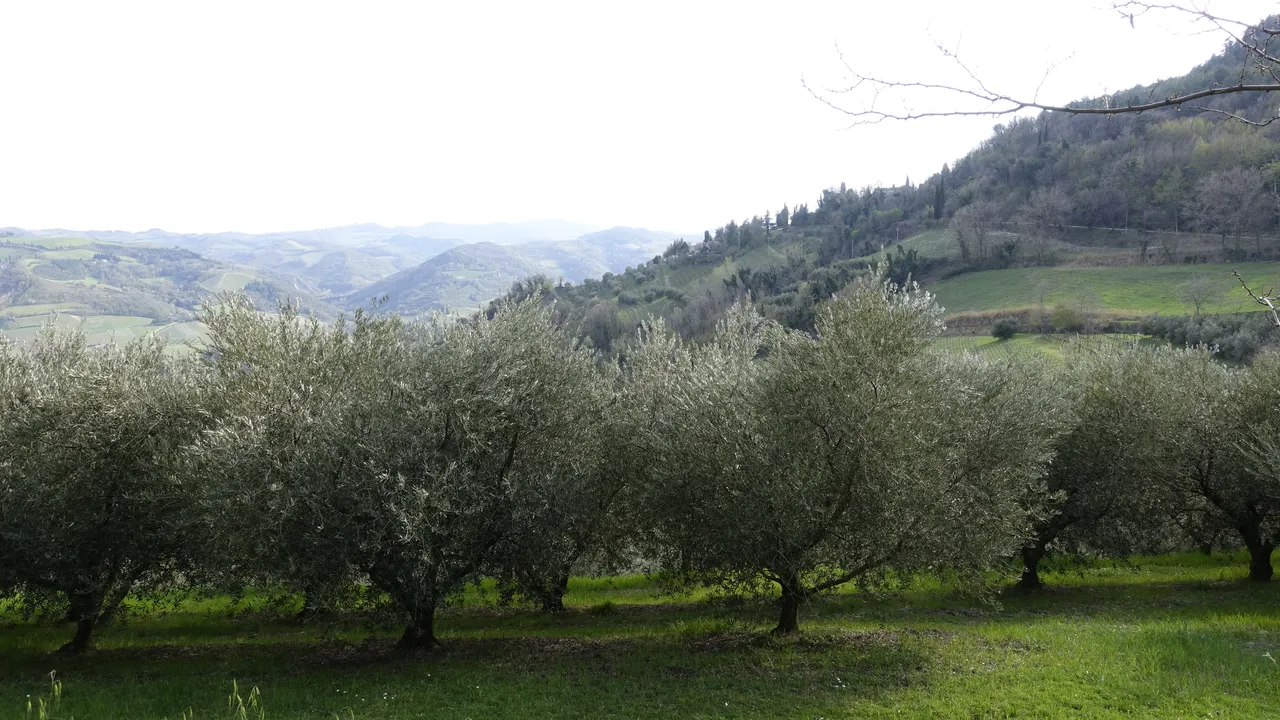
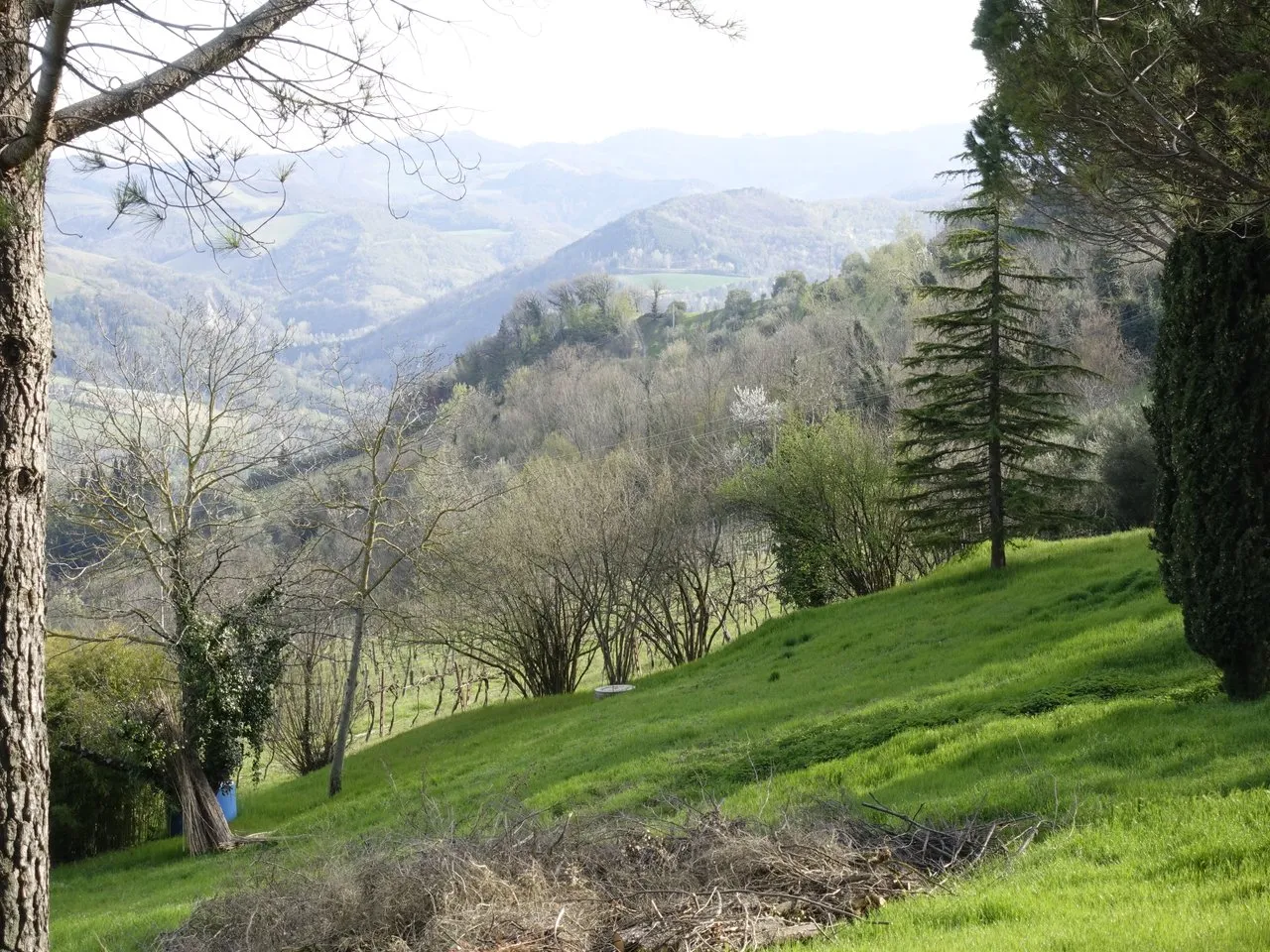
CONCLUSION
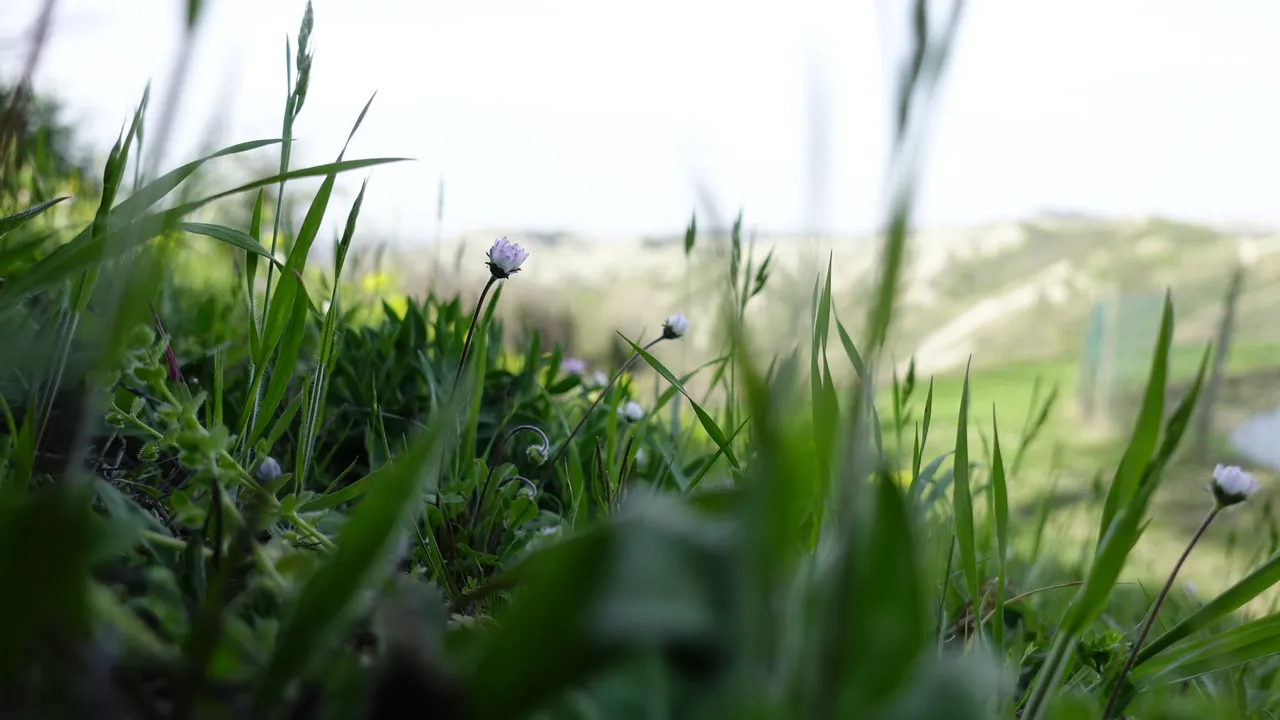
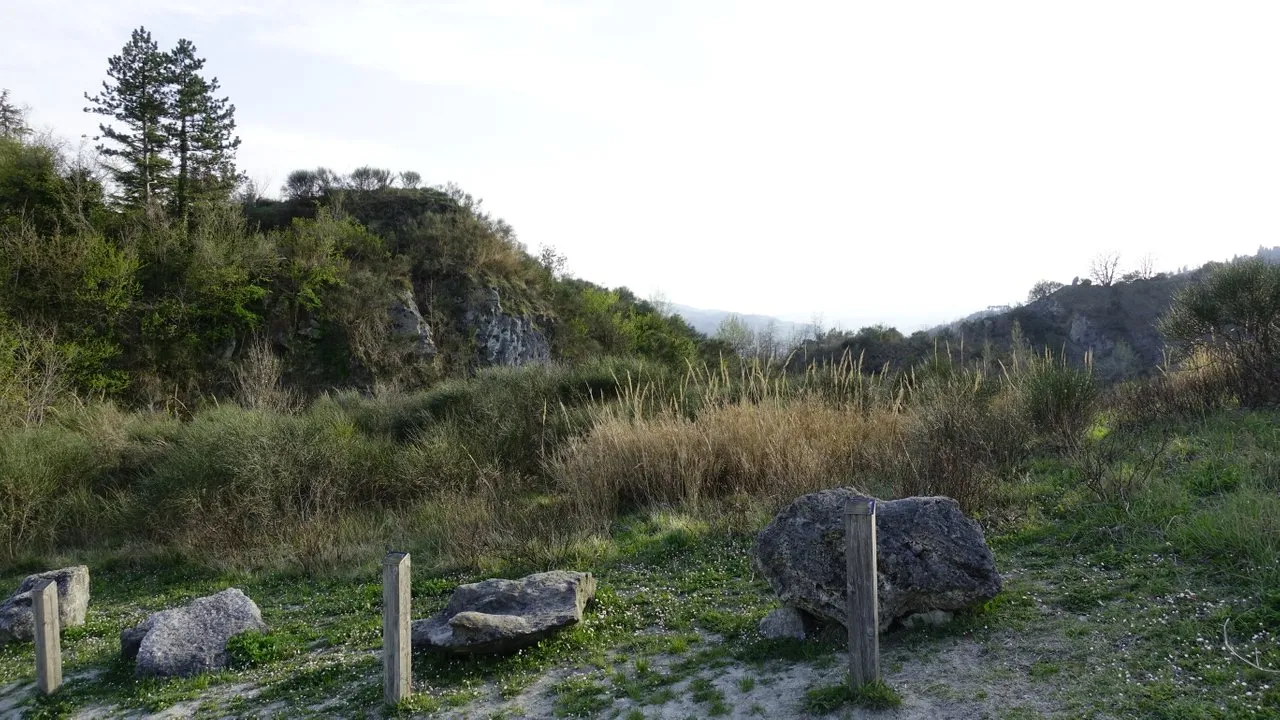


In the sixties, some cultural and naturalistic associations began to show concern for the environment endangered by the expansion of the excavations in the large chalk quarries, urging the Province of Ravenna to take measures for the conservation of the area. In 1967, the local Chamber of Commerce elaborated a project for their protection, after which the Ministry of Public Education, on July 30, 1974, issued a decree ("Declaration of notable public interest of an area of interest to the municipalities of Riolo Terme, Casola Valsenio and Brisighella") with which almost all the chalky area between the hamlet of Crivellari and the Sintria torrent was placed among the environmental assets under protection, with the exclusion of the quarry area of Borgo Rivola.

After the Regional Law n.2 of 1977 ("Measures for the safeguard of the regional flora") the interested provinces were invited to collect proposals and projects for the constitution of the Regional Natural Park of the Gypsum Vein. In 1980 a measure of the Regional Council established that: "in the realization of the Park of the Chalk Vein of the Romagna Apennines... the needs of the mining activities of the chalk for which the area is particularly suited...", arousing the protests of the environmentalist and protectionist associations and the region assigned to the Mountain Community of Faentina 140 million liras to be used for the first interventions of realization of the park.

In 1991 the regional territorial landscape plan included the area of the Vena among those of the "Regional Parks Plan". In 1997 was drafted a preliminary draft of Territorial Plan for the Regional Park of the Gypsum Vein of Romagna, promoted by all local authorities involved with a high level of consensus among local communities, which imposes limits for the excavation of chalk in the quarry of Borgo Rivola. In 2002 was signed in Riolo Terme the Programmatic Document of the Park and with the Regional Law 21 February 2005 No. 10, was established the regional park of the Gypsum Vein of Romagna.

The park is developed on elevated paths from which you can enjoy beautiful hilly landscapes, surrounded by small forests and villages with few houses.

I took all of these pictures with my Sony, I love taking pictures when I walk, even though it takes up a lot of my time.
The photos you will see in this post have not been re-processed I wanted to give you the right feeling of light and warmth that there is during the first days of summer.

Yes, because these photos date back to the summer, which today more than a memory is a desire that is lighting up, we are in the middle of winter and here in my city I see only darkness.
Winter also has many positive aspects, surely the cold is not one of them... but anyway, each season corresponds to a different emotion, it's up to us to capture it.

Here we see more closely the earth, the furrows and texture that the sun imprints on the clay.

Look at these beautiful regular geometric shapes, I really like this texture.

From here, the highest point of the route, we can see a beautiful side of the valley of Faenza, in reality we are in Brisighella, a town rich in ancient architecture as the castle that we see in the picture.
These rural landscapes so rich, calm and beautiful really give me a sense of fullness and infinite richness.
I can imagine 300 - 400 years ago, when people still lived off the harvest of these lands, when in spring people started to have parties and organize meetings on these same fields.

It is this same land, witness to all those adventures, she who has always been here, while the seasons chased each other and the years passed.... The people of that time no longer exist, but nature is still here, strong and prosperous as before.

The municipality of Brisighella is the most southern of the province of Ravenna. The main town is located about 12 km upstream of the city of Faenza and 50 km south-west of Ravenna, close to the first reliefs of the Faentine Apennines. It is crossed by the river Lamone, which runs through the homonymous valley between Tuscany and Romagna.

It borders to the south with Tuscany (metropolitan city of Florence) in the area of Mugello and to the south-east with the province of Forlì-Cesena, in the area between the Faenza and Forlì Apennines.

This is another beautiful valley on the opposite side, here we see the almost mountainous formations that rise upwards and are completely uninhabited.
This park is a very important nature reserve for the Emilia-Romagna region and is beautifully preserved.


The park has many beautiful trails, I highly recommend you go for a walk if you are in these parts because you can admire beautiful landscapes and very characteristic.
Some paths lead to Tuscany and others lead to Bologna.

Along the way we met a gentleman who gave us some important information for our route, and told us that many years ago, his family owned a valley in these areas; here they cultivated fields and raised cattle.

Nature is something amazing, it surrounds us, even if we don't know it.... It is silent, but at the same time it has an incredible strength.
Just think, these paths are maintained once a month because otherwise they would become impassable by tourists... It would be enough that for one year they were not maintained and the entire park would become a forest, a green lung practically unreachable.





Along the way there are some small inhabited houses, these buildings are really beautiful.
I would like one day to be able to live in a place like this in the middle of nature and total tranquility.












This walk was great, it's nice every once in a while to get lost in nature and find ourselves.
From the smallest detail, like a blade of grass, to the grandest landscape and endless valleys we have it all, we don't need anything else to feel good.


